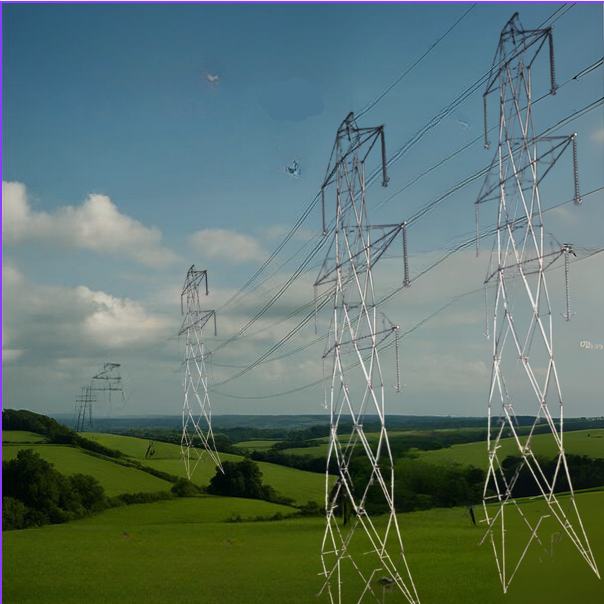Modernizing the Grid with a vision born in the 1960s
- Zentech

- Aug 6
- 3 min read
Updated: Aug 12
By Peter Lovie - Civil Engineer and Ramesh Maini - CEO - President Zentech Inc.
Zentech Geodetic Transmission Tower (ZGTT)
A solution rooted in the past, engineered for today, and built to withstand tomorrow

Solving Today's Grid Challenges with a Rediscovered 1960s Innovation
In response to today's urgent need for resilient infrastructure in the face of hurricanes and other natural disasters, Zentech has developed a modern solution inspired by a brilliant idea from the past. Leveraging today's cutting-edge software, advanced materials, and decades of engineering expertise, Zentech´s team of top-tier engineers has reimagined a visionary design first introduced in the 1960s.

Originally envisioned by engineers like Peter Lovie, who played a key role in developing the original prototype and brings decades of experience as a licensed Professional Engineer, the concept was well ahead of its time.
Now, under the leadership of seasoned Civil Engineer Ramesh Maini, PE, and Senior Structural Engineer Kaushik Bose based in Texas, the Zentech team has thoroughly analyzed and validated the design for modern-day applications.

Beyond the U.S. team, Zentech's international engineering group, comprising professionals with decades of experience, advanced degrees, and even PhDs, has also played a critical role in evaluating and refining this solution.
Among them are experts such as Atul Rikhy, Dr. Manoj K. Maiti, Goutam Saha, and Santosh S. Kumar, whose structural expertise and global perspective have strengthened the project’s technical foundation.

This is how Peter Lovie and Ramesh Maini are reintroducing this innovation to the world: as the Zentech Geodetic Transmission Tower (ZGTT), a solution rooted in the past, engineered for today, and built to withstand the challenges of tomorrow.

Outside Liverpool, England in 196
Resiliency That Matters
Zentech reengineered the geodetic design for today’s grid targeting the standard three-line U.S. transmission tower configuration rather than the six-line UK original.
With modern tools and analysis capabilities, Zentech's engineers modeled performance across a wide range of real-world stress scenarios. The results are compelling:
20% less steel used compared to a conventional tower.
Higher strength-to-weight ratio
Nonlinear analysis proves structural resilience under wind loads of 100–150+ mph
Performance scalable to withstand Category 5 hurricanes
These aren’t just numbers, they represent the difference between keeping the lights on during a storm or plunging millions into darkness. The ZGTT’s capacity to flex, absorb, and redistribute load means it can survive extreme wind events that traditional towers cannot.
Why Now?

America’s grid is under pressure. The U.S. Department of Energy projects that national grid capacity will need to more than double in the next decade. That demand is especially intense in Texas, where new AI data centers and high-tech manufacturing plants are driving unprecedented energy use.
Yet this growing need is colliding with climate-driven threats stronger hurricanes, hotter summers, and an aging transmission infrastructure.
The ZGTT isn’t just a structural upgrade it’s an evolution. A smarter, lighter, more resilient solution to one of the most urgent challenges facing our energy future.
Your Grid, Reinforced
Zentech is now offering project-specific geodetic transmission tower designs. Whether it’s a short run of towers in a hurricane-prone zone or a full transmission line spanning hundreds of miles, ZGTTs can be engineered to meet today’s most demanding environmental and structural criteria.
The bottom line? Zentech Geodetic towers aren’t just structurally superior - they’re strategically essential.
When the next storm comes, wouldn’t you rather be connected to a geodetic tower?

If you’d like to learn more or get in touch with our team, please
contact us at zentech@zentech-usa.com
.jpg)




Comments